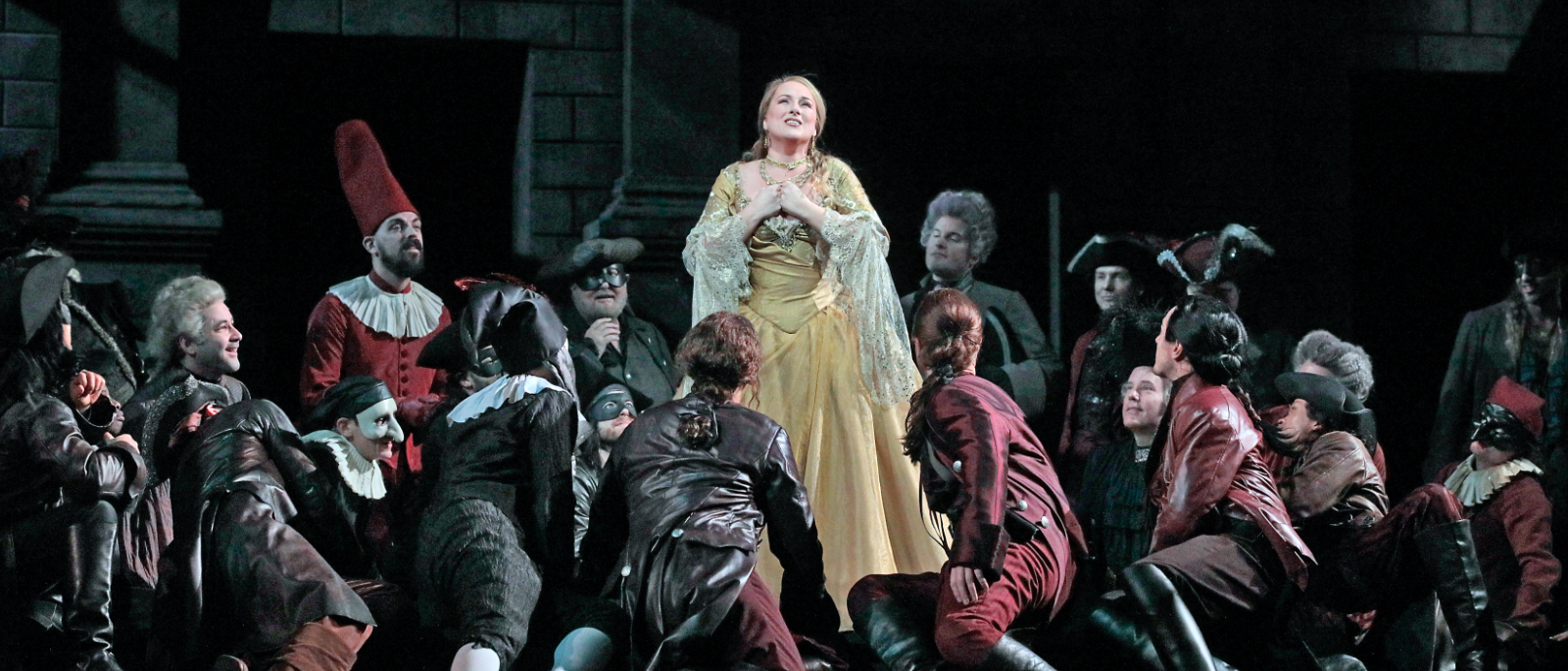
Fun Facts
In general, the English names for the characters in Romeo and Juliet are simply anglicized versions of their names in Italian: the “Montecchi” and “Cappelletti” in Luigi da Porto’s narrative became the Montagues and the Capulets, “Marcuccio” became Mercutio, and “Romeo” and “Giuletta” of course became Romeo and Juliet. One translation, however, deserves more attention. In Reynard the Fox, a satirical medieval poem that was highly popular during the Elizabethan era, the cat “Tibert” pokes fun at the other animal characters he lives with. Tibert’s name was rendered in English as “Tybalt”—the name Shakespeare gave to da Porto’s “Theobaldo.” Thus, when Romeo refers to Tybalt as “the Prince of Cats,” he is referencing this feline forebear, as is Mercutio when, during the final duel between Mercutio and Tybalt, the quick-tongued Mercutio refers to his Capulet rival as a “ratcatcher.”
Some scholars find an early version of the Romeo and Juliet story in a 15th-century collection of stories by the Italian Masuccio Salernitano. Like Shakespeare’s play, the story features a sleeping potion, a deadly duel, and a friar. The main characters’ names, however, are different; the story takes place in Siena rather than Verona; and the hero never makes it back to Siena to see his beloved in the crypt—because he is caught and beheaded on the way.
The story of Romeo and Juliet is pure fiction, but there was a prominent family in Elizabethan England named Montague. In fact, they were distant relatives of Shakespeare’s. Similarly, in Renaissance Italy there were real families named Montecchi and Cappelletti (the names given by da Porto and Bandello to Romeo and Juliet’s families), although they hailed from different cities (Verona and Cremona, respectively) and there is no historical connection between them. Nevertheless, Shakespeare and his predecessors were not the only authors to place these families side-by-side on the page. In his 14th-century epic poem Purgatory, the Italian poet Dante Alighieri listed them as examples of civil strife.
Romeo and Juliet has been adapted numerous times for the screen. One of the most famous films was directed in 1968 by Franco Zeffirelli, who also staged several operas for the Met.